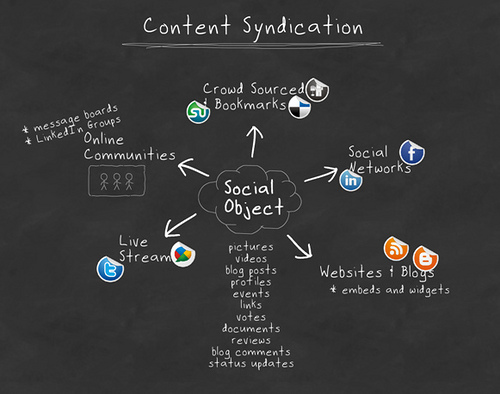Although syndication is an effective way to rehash existing blog material, if done improperly, it may bring the Google wrath upon you. So how can you use syndication judiciously? In this article, we’ll give a run-up of strategies that you can use to publish great content online using syndication.
What is Syndication?
Syndication is the process of publishing one blog on multiple places. To a newbie, syndication may look an awfully lot like duplicate content. However, there’s a minute difference between the two. While duplicate content is all about copy, pasting. Syndication uses certain precautionary measures that protect the content from getting dinged by search engines.
Syndicating the Content: Right Way
Syndicating content the right way requires inserting tags that alert Google about the blog. Here are the three effective strategies you may use on your next blog to ensure that your content is syndicated safely and effectively:
- Writing a recap or prelude: One of the safest and easiest ways to syndicate content to your website is to write recaps. Your recap or prelude needs to contain the name, the platform on which the content was originally publish and some filler text.
- Use Cross-Domain Canonical Tag: As fancy as the name may sound, Cross-Domain Canonical Tag is essential for your write-up. By using this tag, you signal Google about the original source of the content.
- Use No-Index Meta Tags: No-index meta tags specify the spiders to keep the original copy of the content, but exclude the syndicated copy from its index. It acts as a linking-pin between the source and the current piece.
Apart from these three tips, always finish your post with a call-to-action text, and there you have it. An awesome, great piece of syndicated content that won’t bear any wrath from Google!
